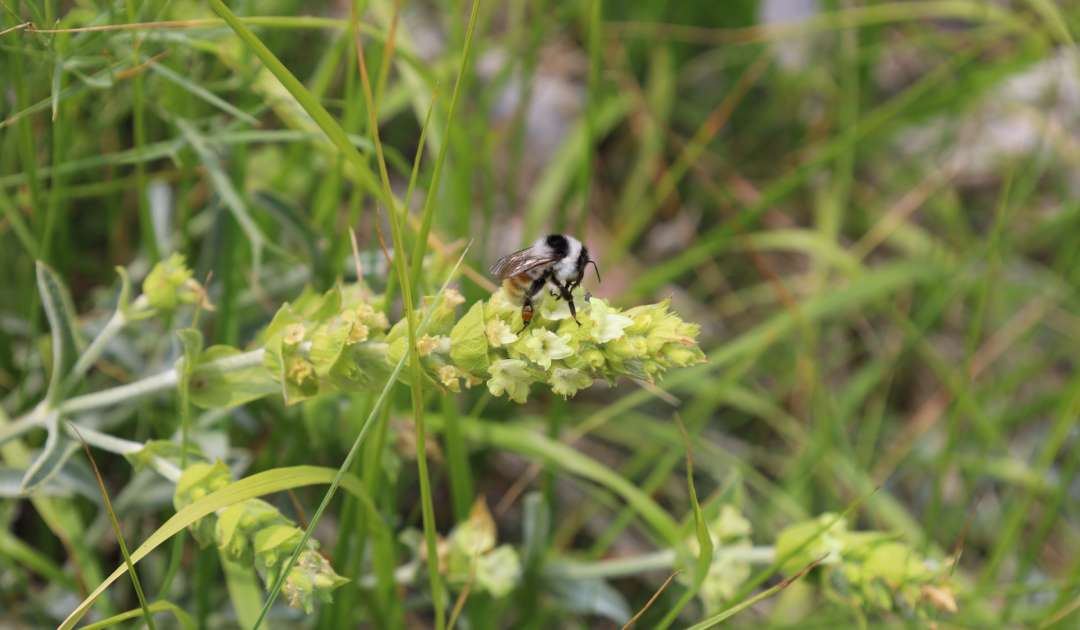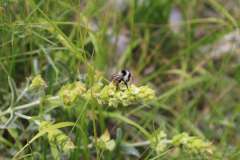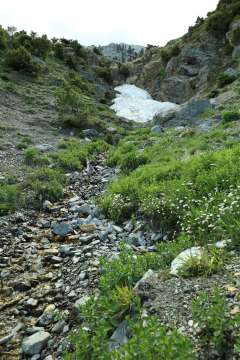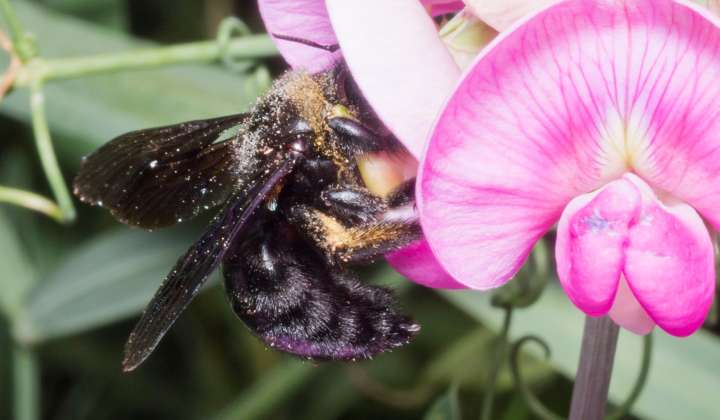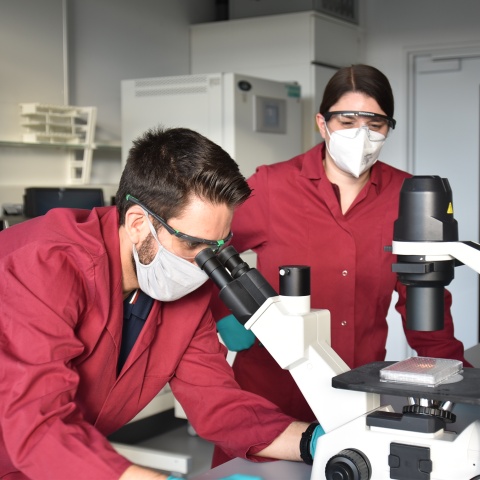Nature’s Future Pharmacy in Peril
Medicinal plants could secure the medical supply of humankind – and to this end, they must be comprehensively studied and protected, argues a team of scientists
In the renowned journal “The Lancet Planetary Health,” a group of scientists advocates systematic and transdisciplinary research into medicinal plants in order to sustainably exploit their potential for global health care. Together with other researchers, Dr. Spyros Theodoridis from the Senckenberg Biodiversity and Climate Research Center in Frankfurt and Prof. David Nogués Bravo from the Center for Macroecology, Evolution and Climate at the University of Copenhagen highlight the opportunities that scientific and technical progress opens up for understanding the ecological functions of plant bioactive compounds and their use in medicine. At the same time, in their Personal View they point out the dangers posed for this important natural resource by the climate and biodiversity crisis, in particular.
For thousands of years, people have relied on the healing properties of plants – in some places, they are still the only freely available remedies to this day. Half of the drugs approved worldwide in the last four decades are based on the ingredients of medicinal plants or were developed using them as a model. The traditional painkiller morphine is derived from opium poppies, and the salicylic acid for aspirin occurs as a plant hormone in the bark of willow trees. Recently, interest in medicinal plants has increased again due to new, sophisticated methods for analyzing their bioactive compounds.
“Medicinal plants and their bioactive compounds offer enormous opportunities for the future medical care of humankind – as a nature-based, cost-effective, and efficient health resource. But our knowledge of them is still fragmentary,” explains Spyros Theodoridis of the Senckenberg Biodiversity and Climate Research Center Frankfurt, and he continues, “Of some 374,000 known plant species, only 15 percent have been chemically analyzed to date – and just six percent have been studied under pharmacological aspects.” Rapid developments in the fields of metabolomics – the study of metabolites – and genomics are now opening up new possibilities for the systematic analysis of bioactive plant compounds and their integration into complex ecosystems. For example, it was possible to identify those genes in the genome of the yew tree that are responsible for the synthesis of the substance paclitaxel, which is used in cancer therapy.
At the same time, traditional – and as yet understudied – medicinal plants are threatened by human influence. Tried and tested plants such as Sideritis, which is used as Greek mountain tea for treating colds, are on the verge of extinction due to excessive collecting. For thousands of people in the Balkans, however, gathering Sideritis and other medicinal herbs is currently the only source of livelihood. The researchers suggest that the local population should be involved in developing sustainable cultivation concepts that mimic natural ecosystems.
The climate and biodiversity crisis also threatens entire ecosystems. “In nature, the bioactive plant compounds we use as medicines perform specific tasks in plant-ecosystem interactions – from mediating pollination to improving soil quality,” explains David Nogués Bravo of the Center for Macroecology, Evolution and Climate at the University of Copenhagen, and he adds, “Extreme temperatures, droughts, and increased atmospheric CO2 concentrations can disrupt this complex interplay. This is where climate and biodiversity research need to collaborate – at all levels, from the genetic and molecular level to species communities and ecosystems – to lay the groundwork for adequate conservation approaches.”
Using Europe as an example, the researchers have developed a series of indicators to record the medical and socioeconomic potential of ecosystems as well as their possible endangerment for different geographic regions. Here, the Mediterranean region and circumpolar Europe stand out, in particular. “Our goal is to provide an impetus for transdisciplinary global research on medicinal plants. In this way, we can achieve nothing less than a sustainable transformation of global healthcare in the future and secure ‘medicinal biodiversity’ for coming generations,” Theodoridis says in summary.
Publication
Theodoridis S, Drakou EG, Hickler T, Thines M, Nogues-Bravo D. Evaluating natural medicinal resources and their exposure to global change. Lancet Planet Health 2023; 7: e155–63.
www.thelancet.com/journals/lanplh/article/PIIS2542-5196(22)00317-5/fulltext
